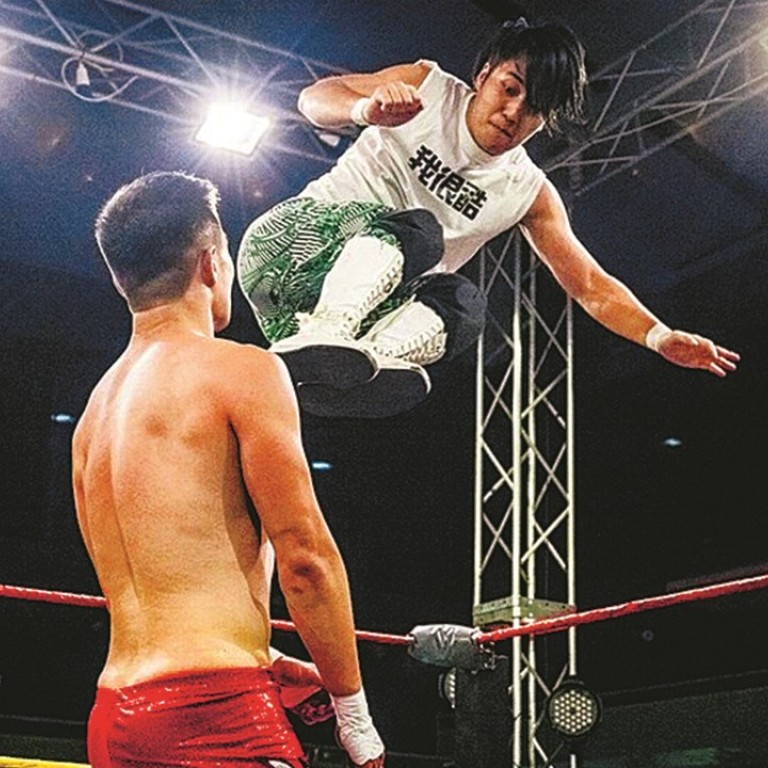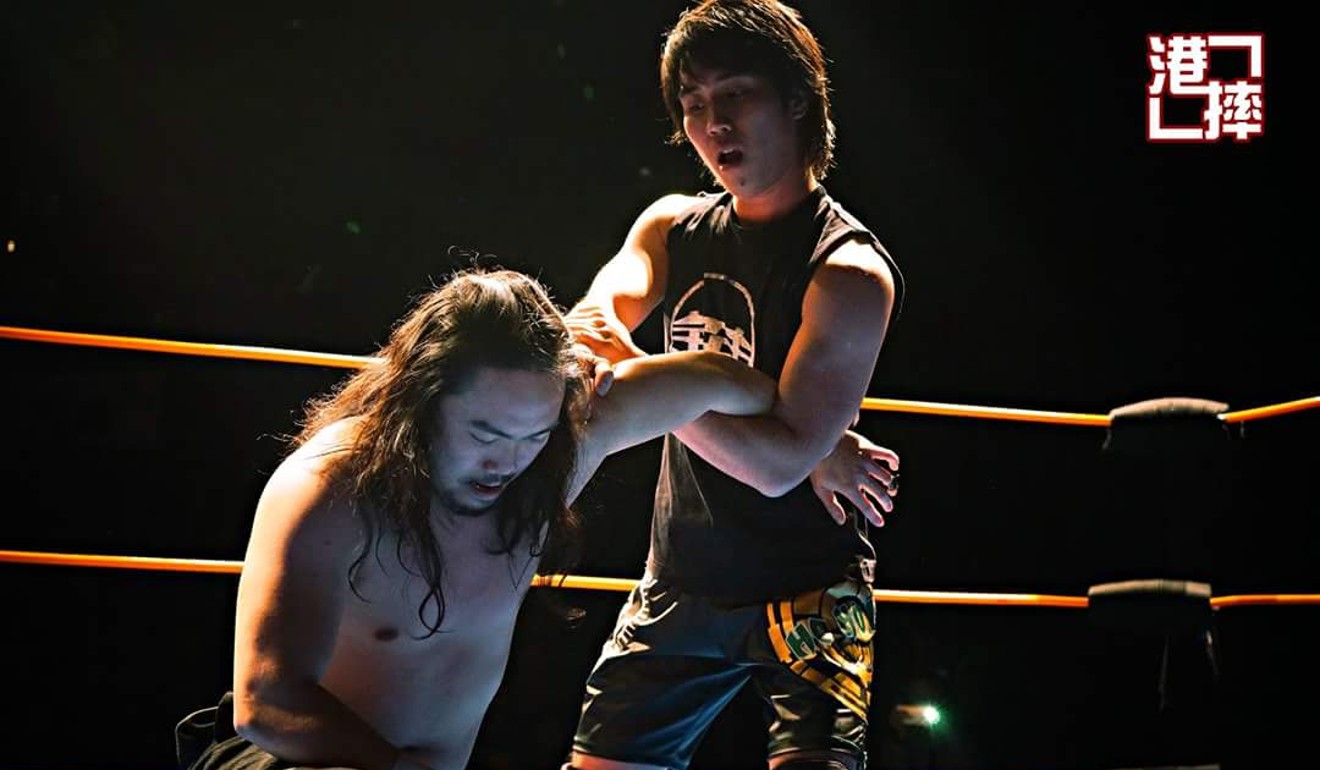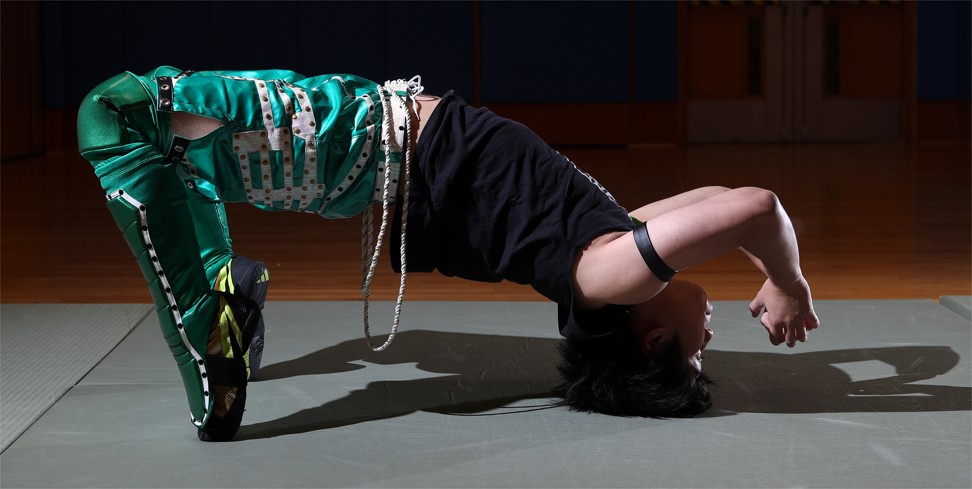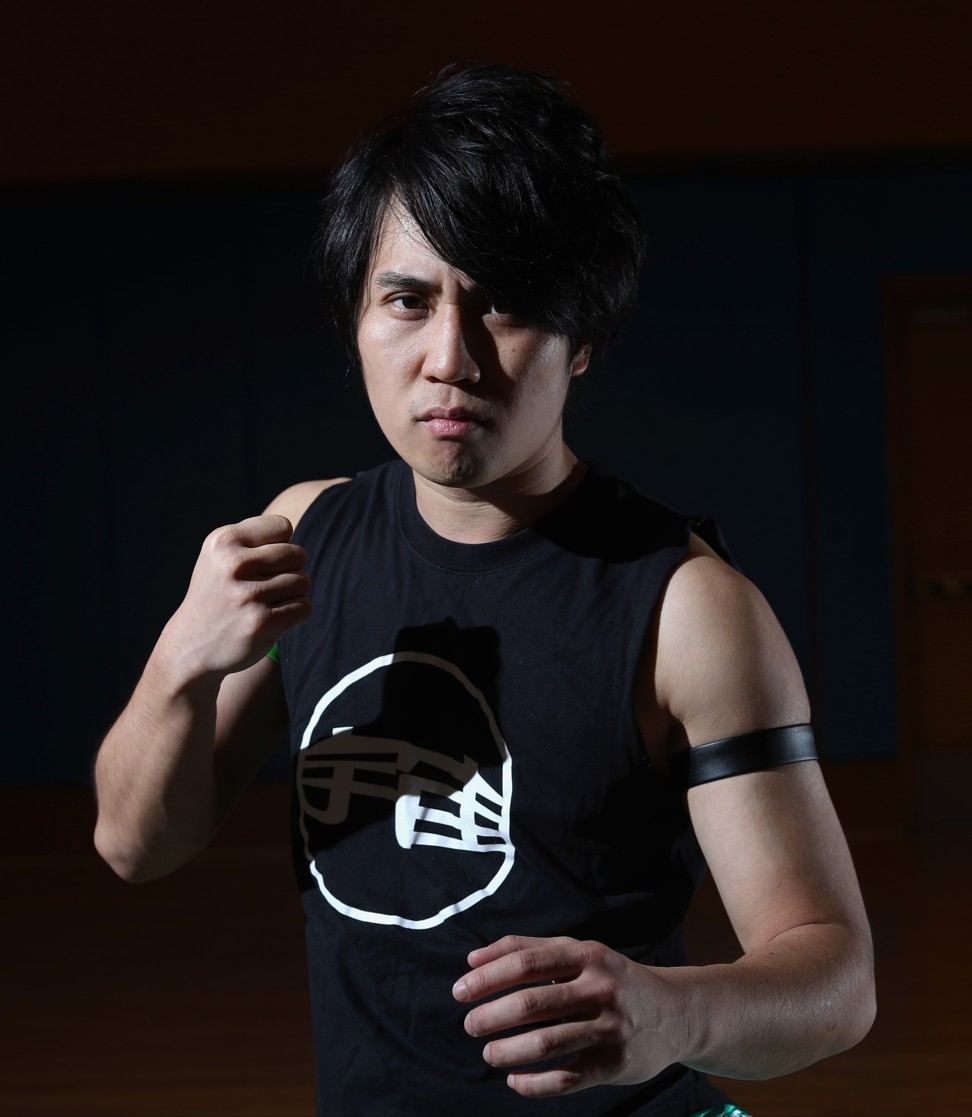
First Hong Kong WWE wrestler on how to stay in shape, and his push to promote the sport in Asia
Ho Ho Lun, who spent 14 months as a pro wrestler on the WWE circuit in the US with legends John Cena and The Undertaker, talks about his efforts to promote the sport in Asia, his diet and fitness regime and how he avoids injury
In 2009, when Ho Ho Lun founded Hong Kong Pro-Wrestling Federation to fire up the local wrestling scene, he organised an event – and only 50 spectators turned up.
“Nobody supported us,” he says of the event at a warehouse in Sha Tin in the New Territories. “People said we couldn’t make it big since we were just hobbyists.”
Fast forward to today, and many of those naysayers are now fans, the group’s home-grown wrestlers having trained hard locally and overseas to improve, and built up their repertoire in wrestling circuits worldwide.
Jason Lee’s NWA World Junior Heavyweight Champion title in Japan a few years ago helped, as did Lun joining the professional World Wrestling Entertainment (WWE) circuit in 2016.
Hong Kong pro wrestling pioneer Ho Ho Lun released by WWE
While touring in Portugal, an American friend asked Lun – whose real name is Wong Yuk-lun – if he was keen to join WWE, and the Tai Po native seized the opportunity. By mid-2016, he had joined the 150-wrestler roster for WWE’s NXT show in the US, where he encountered wrestling legends such as ’90s star The Undertaker, and wrestler-turned-actor John Cena.
But tough days lay ahead. Long hours on the road travelling, and daily stints in the gym to get in shape for three to four fights a week took their toll. The fierce competition to get into the ring – at WWE, 150 wrestlers wait backstage as standbys – added even more pressure.

“I didn’t know whether I was going to have a match until three hours before the show. I thought wrestlers met opponents well in advance to suss out fight techniques in the ring,” he recalls. In the end, his time in the ring was limited.
These factors, and a matter close to home – his mother had become gravely ill – led to him leaving the WWE after 14 months to support her.
Lun’s mother succumbed to breast cancer in January. “It would have been a tough decision if my mum was healthy, but my mum was [ill], that gave me a big motivation to come back,” says the 32-year-old, who harbours no regrets.
Now, as well as performing in the ring, Lun organises matches as he works to build up the sport in Asia to be as big as it is in the US. And he’s having some success: his King of Wrestling event on July 31 in Chai Wan, a residential and light industrial district at the far eastern end of Hong Kong Island, sold out within hours of the tickets going on sale.
“I was shocked, as the poster hadn’t been out, [and] I hadn’t even announced who will be coming in for the fights,” he says.

Are you a daily gym hound?
Not every day, but four to five times a week. In Hong Kong, a problem is that we don’t have a ring for training facilities. Also, most wrestlers in Hong Kong are not full-time wrestlers but have a day job, so they train on Saturdays at a judo centre.
What does training entail?
It’s conditioning, a big part of wrestling training. We follow the Japanese style of training that includes squats and body weight exercises. You won’t believe that our warm-up involves 500 squats.
Many newcomers to Hong Kong wrestling thought training is an opportunity to throw punches and stuff. Then they realise a minimum of 300 squats are involved.
Why are squats so important?
The leg and core are really important [for wrestling] … The squat training is not only important for the body but the mind. When you are at a wrestling match, you get tired but you still have to go on … this type of mind training helps keep you going.
Push-ups are also part of training. Training sessions are around two-and-a-half hours and involve conditioning and wrestling techniques.
What about your diet?
I eat as much as possible. My body is used to eating a lot and I am still not big, but pro wrestlers are supposed to be big. When I was a young boy and started wrestling training in Japan, the senior guys kept insisting I eat, eat, eat … they fed me until I felt like vomiting. Even if you have some fat, it looks good in the ring. It also protects you from punches and body slams. I don’t count calories, but I make sure I eat at least five full meals a day. In between, I take protein shakes.
WWE legend Triple H gets a kick out of viral Kim Jong-un meme
Pro wrestling is tough on the body and can result in tragedy. How do you avoid injuries on the job?
Training is important – besides squats and push-ups, there is specific training for the neck. If I break my arm or leg, it can be put back together again. Break your neck, that is the end of your life.
Neck-specific training includes a bridge exercise which you do without your hands while moving your legs in a circle. Others include training with a partner who pushes against your neck while you resist.

All sports have their risks. In Japan in 2009, Mitsuharu Misawa died in the ring because he did a back suplex, a move in which someone slammed him and he was supposed to land on his back, but landed wrong on his neck and died. Misawa was a true legend.
How Netflix wrestling comedy Glow became a sexism smackdown in season two
Misawa was 40 years old at the time and had been wrestling for 20 years. He wrestled every day and was producer for the wrestling company Noah, so all the stress played a part too – lack of training, and lack of sleep from too much travelling.
How do you cope with this gruelling regime and still maintain longevity in the sport?
The longer you’re at it, the harder it is on the body, and you can even die. Older wrestlers use charisma to connect with fans so that they don’t have to do lots of crazy moves in the ring – merely raising your hand makes the fans go crazy.

How is your Macau project to transform a strip club into a wrestling venue going?
Once I came back from America, I spoke with a Macau owner of an entertainment company that works with Golden Dragon Hotel who had this idea of running wrestling in Macau for years … we put on shows in September, and more, but the reaction wasn’t as good.
That owner had a strip club … he had this idea that men would go to the strip club while the women and kids watch the wrestling. That didn’t work. Obviously.
WWE cult hero Ho Ho Lun reflects on his journey in NXT after returning to Hong Kong
Why even put the strip joint in the equation? Why not encourage families to go to matches together like they do in the US?
The travel agencies didn’t push it much, as there are many entertainment options in Macau. Our production wasn’t that big, either … that is why we’re in talks with City of Dreams and other bigger casinos [to do another tour].

